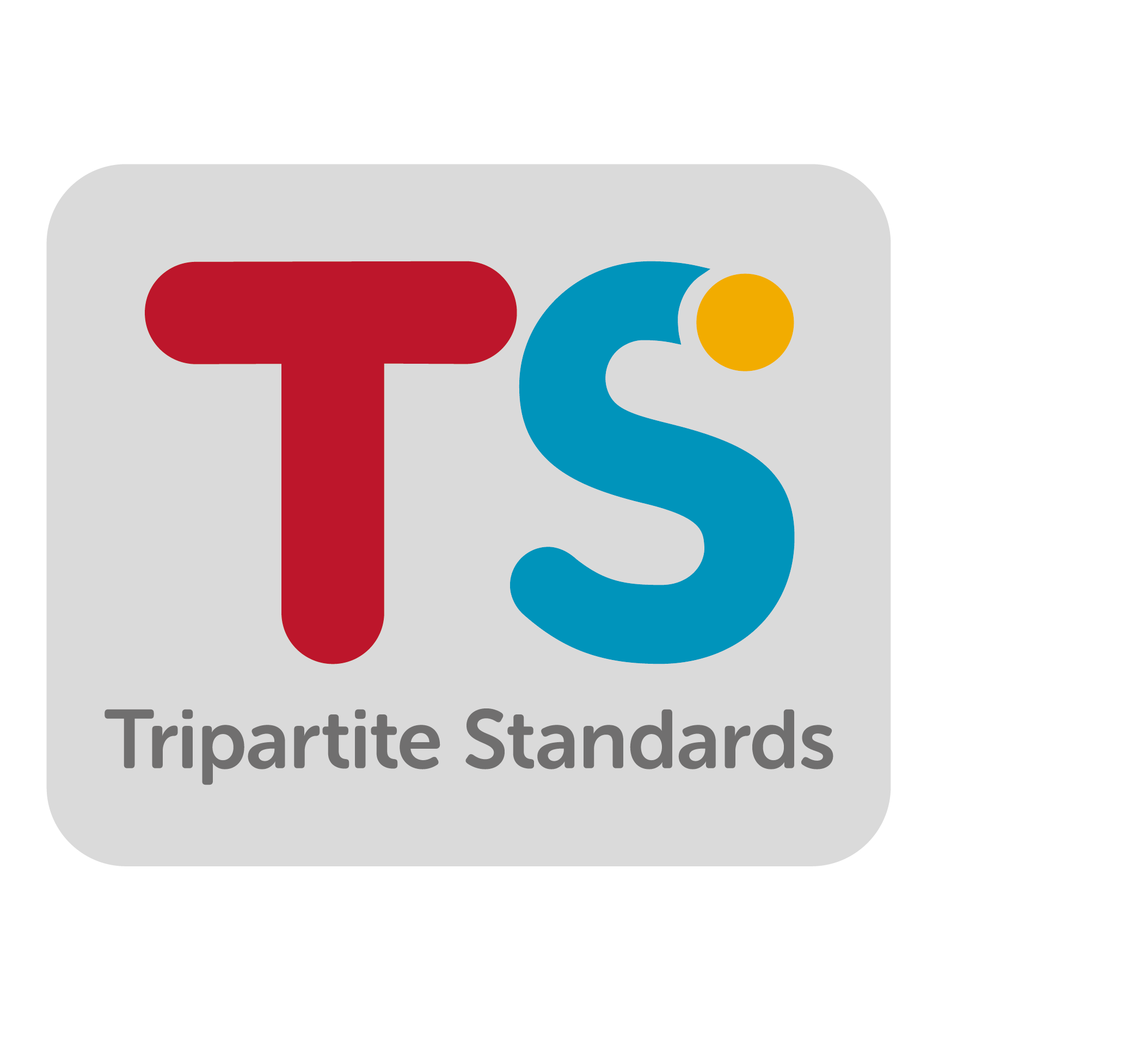Overview of Employment Trend in 2023, Outlook for 2024
In this month’s newsletter, we provide an overview of the employment trend in 2023 and offers insights into the outlook for 2024. Additionally, we present survey findings on employee working conditions in 2022, emphasizing key aspects of Work-Life Harmony that employees value.
The newsletter also discusses the significance of organizations prioritizing adaptability quotient for success in the context of upskilling and reskilling for AI. It also addresses ways in which organizations can provide support for sandwiched managers.
–
Recruitment Agency Singapore
Key Highlights of Advanced Release Labour Market Report 4Q 2023
Overview of 2023
For the whole of 2023, employment continued to grow for both residents and non-residents despite the weaker economic conditions. However, the pace of growth has slowed as labour demand cooled. The number of retrenchments rose in 2023 after a record-low in 2022, but was largely a result of reorganisation or restructuring within firms. The unemployment situation remained stable and low.
Outlook for 2024
Forward-looking indicators suggest continued employment increases and improvements in wage growth, reflecting expected improvements in economic growth prospects for 2024. The proportion of firms which indicated an intention to hire in the next three months rose from 42.8% to 47.7%. Likewise, the proportion of firms with an intention to raise wages rose from 18.0% to 32.6%
However, with persistent global economic uncertainties, there’s a possibility that business restructuring could result in more layoffs and a potential increase in unemployment rates. Nonetheless, current data on re-entry rates indicate that most retrenched workers usually secure new employment, often in different sectors, highlighting the adaptability of their skills.
4Q 2023 Total Employment

Total employment expanded for the ninth consecutive quarter by 8,400 in 4Q 2023, though the pace of increase has moderated significantly among both residents and non-residents. This moderation was not unexpected as weaker hiring expectations and declining job vacancies from previous quarters had foreshadowed a cooling labour demand.
Resident employment growth was largely in domestic-oriented services such as Health & Social Services and Public Administration & Education. Retail Trade and Food & Beverage Services also received an employment boost due to seasonal hiring.
4Q 2023 Unemployment Rates

Unemployment rates were unchanged in December 2023 (overall: 2.0%; resident: 2.8%; and citizen: 2.9%). The number of unemployed residents was also similar over the quarter at 67,900 in September and December 2023
4Q 2023 Retrenchment

Based on preliminary estimates, retrenchments fell to 3,200 in 4Q 2023, from 4,110 in 3Q 2023. The decrease was driven by a fall in Wholesale Trade, which saw a surge in 3Q 2023. While retrenchments rose in Electronics Manufacturing, the number of retrenchments in other sectors either held steady or declined. Business reorganisation or restructuring remained the top reason for retrenchments in 4Q 2023.
Source: Report: Labour Market Advance Release Fourth Quarter 2023 (mom.gov.sg)
Recruitment Agency Singapore
Key Findings: 2022 Employee Working Condition Survey in Singapore
The information is derived from the Survey of Employees’ Working Conditions in 2023, covering 3,500 residents in the labor force, with 85.9% responding. The report focuses on resident employees aged 25 to 64 in full-time employment, providing insights based on data from the calendar year 2022.
Flexible Work Arrangement (FWA)
The demand for Flexible Work Arrangements (FWAs) has risen steadily, with the proportion of employees requiring FWAs increasing from 39.5% in 2011 to 53.6% in 2022. Research indicates that employees who need FWAs are more inclined to reject job offers or leave firms that do not provide such arrangements. The demand for FWAs is expected to grow further, especially due to the increasing caregiving responsibilities associated with an aging population.
Employers have made notable strides in providing FWAs, with 84.1% of employees requiring FWAs receiving some form of flexibility in 2022, up from 58.6% in 2011. Sectors like Information and Communications, Financial and Insurance Services, and Professional Services lead in providing FWAs, showcasing the competitive advantages of these industries.
FWAs also contribute to employees’ mental wellness, as evidenced by lower mean work stress and burnout scores among those provided with tele-working arrangements compared to those without such provisions.

Non-statutory Leave Benefits
In 2022, the majority of employees requiring Non-Statutory Leaves (NSLs) were provided with them, with 93.6% receiving at least one type of NSL, consistent with previous years. Access to caregiving NSLs, such as child sick leave (68.1%), parental care/sick leave (58.8%), and family care leave (65.1%), is widespread among employees.
However, there remains a gender disparity, as females, often primary caregivers, lag behind males in accessing the necessary caregiving NSLs.

Employee Support Scheme
Encouraging more employers to implement suitable Employee Support Schemes (ESS) is crucial to addressing the mental health needs of employees. In 2022, only half of employees (51.2%) had access to mental well-being-related ESS. Furthermore, among those who needed such support, only 59.1% received it.
This highlights the necessity for greater attention to mental health support within workplace environments.

Annual Leave Entitlement
Most employees receive annual leave entitlements that surpass legal requirements, especially in sectors with intense talent competition. Approximately 64.7% of full-time resident employees enjoy 15 days or more of annual leave.
Sectors like Financial & Insurance Services, Health and Social Services, and Professional Services are notable for providing generous annual leave, with a significant portion of employees having more than 21 days of leave.

Full Report: https://stats.mom.gov.sg/iMAS_PdfLibrary/mrsd-Prevalence-of-Work-Life-Harmony-Initiatives-in-Singapore-2022.pdf (mom.gov.sg)
Recruitment Agency Singapore
j
Organizations Must Prioritize Adaptability Quotient (AQ) for Success in Upskilling and Reskilling for AI
AI competencies are now integrated into job descriptions, with 21% of analyzed tech jobs requiring AI skills. Emerging roles are “integrators” blending technology and human work and “reskillers” developing humans for uniquely human tasks.
Top leaders commit to AI competency, with 90% of C-suite respondents expecting professionals to undergo AI training in the next five years.
Generative AI’s impact on digital transformation, efficiency, and customer satisfaction makes AI training central in 2024.
Source: https://hrmasia.com/thomson-reuters-cpo-reskilling-for-ai-requires-adaptability-quotient/ (hrmasia.com)
Recruitment Agency Singapore
Is Your Organization Empowering Sandwiched Managers?
Millennials, positioned between baby boomers/Gen Xers and Gen Zs, face the unique challenge of aligning diverse generations towards common goals.
In 2024, change initiatives prioritize customer experience, technology, and employee empowerment. However, millennial managers, essential for success, grapple with burnout, highlighted by a 2020 Deloitte survey.
To combat this, organizations must shift focus to empowerment, recognizing its role in higher retention rates and profits. Gallup’s research indicates a 10% improvement in employees’ emotional connection leading to an 8.1% decrease in turnover and a 4.4% increase in company profitability.
To support sandwiched managers, enhancing human relationship competencies—self-awareness, coaching personal excellence, and conversational skills—is crucial. As millennials become the workforce majority by 2025, organizations fostering these competencies will not only survive but thrive in the unpredictable future.
Source: https://hrmasia.com/is-your-organisation-doing-enough-to-empower-sandwiched-managers/ (hrmasia.com)
Recruitment Agency in Singapore
Recruitment Agency Singapore
Disclaimer: Please use the information provided in this newsletter at your own discretion and risk. We are not responsible for any losses incurred by users in relation to the information provided in this newsletter and we seek your understanding.















